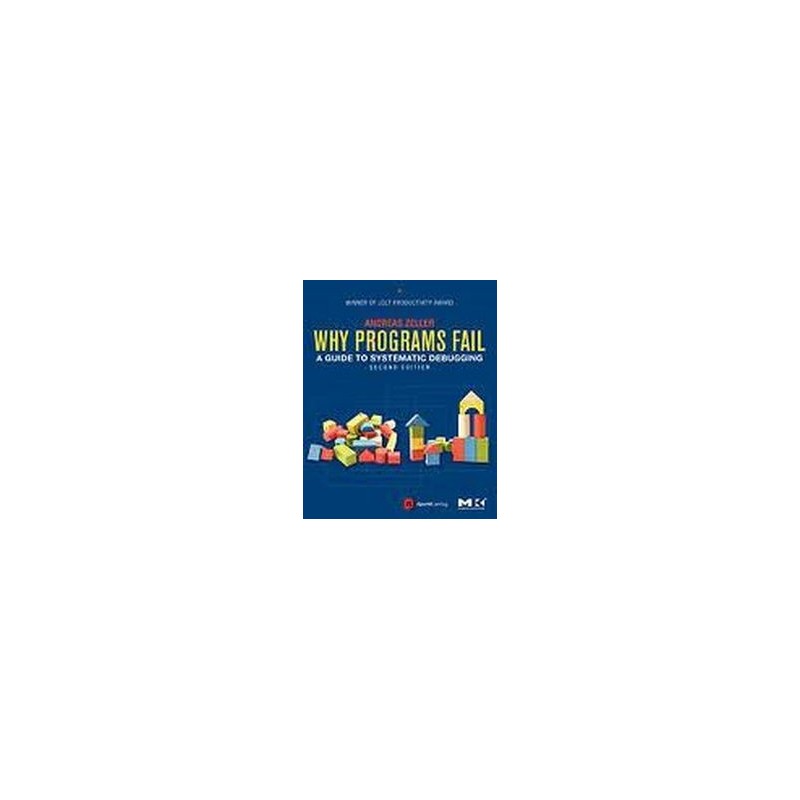- Out-of-Stock



The V-Ekspres tender locomotive from UGEARS is a model that offers both an aesthetic experience and educational value, making it an ideal choice for lovers of mechanics, history and travel. UGears 70058
No product available!
No product available!
FPC tape length 250 mm, 50 lines, pitch 0.5 mm. Adafruit 1682
No product available!
No product available!
No product available!
No product available!
No product available!
No product available!
Raspberry Pi Compute Module 3 with Broadcom BCM2837 processor clocked at 1.2GHz with 1GByte RAM and 4Gbytes of on-module eMMC flash
No product available!
No product available!
No product available!
No product available!
Tomasz Frenchman
No product available!
PCB and assembly of twilight light switch. AVT1850 A +
No product available!
No product available!
No product available!

